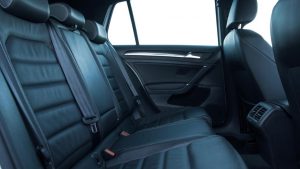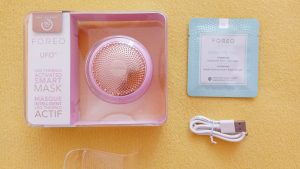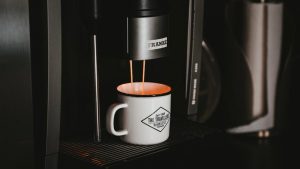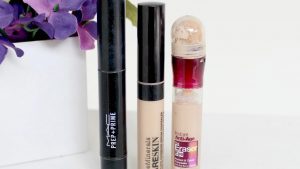
How to choose binoculars
Binoculars are a useful tool for a wide range of activities, from bird watching and hunting to astronomy and sports events. However, choosing the right binoculars can be a daunting task, especially for beginners. With so many options available, it can be difficult to know where to start. In this article, we will provide you with 10 tips on how to choose binoculars that best fit your needs and budget.
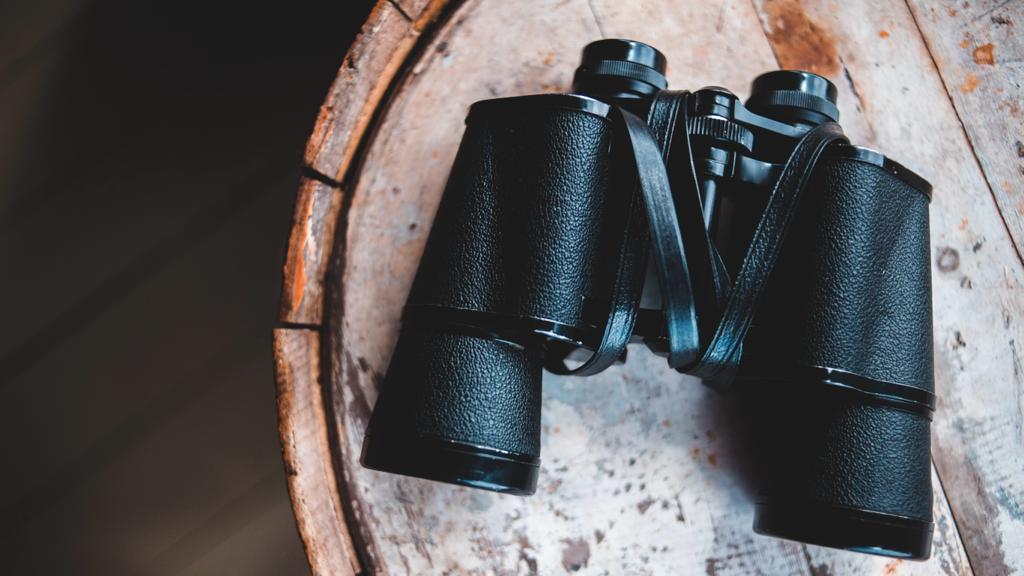
Determine Your Needs
The first step in choosing the right binoculars is to determine your needs. Consider what activities you will be using the binoculars for, how often you will be using them, and in what conditions. For example, if you plan to use them for bird watching, you will want a pair that is lightweight, portable, and has a wide field of view.
Understand the Numbers
Binoculars are typically labeled with two numbers, such as 8×42 or 10×50. The first number refers to the magnification, while the second number refers to the diameter of the objective lens in millimeters. A higher magnification does not always mean better quality, as it can also lead to shaky images. Similarly, a larger objective lens can provide a brighter image, but it also means a heavier and bulkier pair of binoculars.
Consider the Size and Weight
Binoculars come in a range of sizes and weights, so it’s important to consider how portable you need them to be. If you plan to carry them around for extended periods, you may want to choose a smaller and lighter pair. However, keep in mind that smaller binoculars may sacrifice image quality and brightness.
Choose the Right Prism Type
There are two types of prisms used in binoculars: roof prisms and porro prisms. Roof prisms are more compact and streamlined, while porro prisms provide a wider field of view and better depth perception. If you’re looking for a lightweight and portable option, go for roof prisms. However, if image quality is your priority, consider porro prisms.
Check the Quality of the Glass
The quality of the glass used in binoculars can greatly impact the image quality. Look for binoculars with high-quality glass, such as ED (Extra-low Dispersion) glass or HD (High Definition) glass. These types of glass minimize color distortion and produce clear and sharp images.
Consider the Focus System
Binoculars have two types of focus systems: center focus and individual focus. Center focus binoculars have a single focus wheel that adjusts both lenses at the same time, while individual focus binoculars have separate focus adjustments for each eye. Center focus binoculars are more common and easier to use, while individual focus binoculars are preferred for long-range viewing and specialized uses.
Check the Eye Relief
Eye relief is the distance between the eyepiece and your eye when the image is in focus. If you wear glasses, look for binoculars with long eye relief to avoid discomfort and minimize image distortion. A minimum of 15mm of eye relief is recommended for eyeglass wearers.
Test the Binoculars in Person
Before purchasing binoculars, it’s important to test them in person to ensure they are comfortable and provide the image quality you need. Visit a store and try out different models to see which ones feel the most comfortable and provide the clearest images.
Consider the Price
Binoculars can range from under $50 to over $1000, depending on the quality and features. Determine your budget and consider what features are most important to you. While it’s tempting to go for the cheapest option, keep in mind that investing in a higher quality pair of binoculars can provide better image quality and durability in the long run.
Look for Additional Features
Lastly, consider additional features that can enhance your binoculars’ functionality and convenience. Some common features include waterproofing, fog proofing, and image stabilization. These features can make a significant difference in the performance of your binoculars in different weather conditions and environments.
In conclusion, choosing the right binoculars can greatly impact your experience with various activities, from bird watching to sports events. To select the best binoculars for your needs, consider your budget, the activities you’ll be using them for, the size and weight, the prism type, the quality of the glass, the focus system, the eye relief, and additional features. By taking these factors into consideration and testing out different models in person, you can find the perfect pair of binoculars that will provide you with years of enjoyable use.
For more tips, check out the following article: How to choose an electric bike



